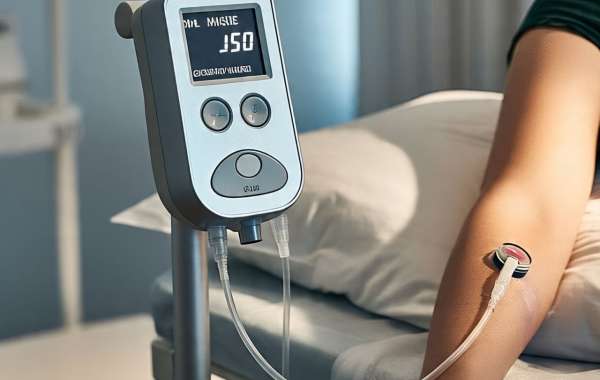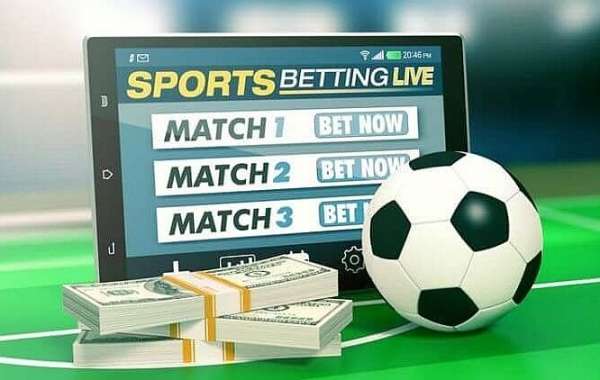This device is especially useful for athletes, fitness lovers, and even people recovering from injuries. It can help you exercise smarter, avoid overtraining, and improve your performance. You don’t need to guess anymore—just use a muscle oxygen monitor to know what’s really going on inside your body.
The monitor is small and easy to use. You can stick it on your thigh, arm, or any muscle you want to track. It connects to your smartphone through an app, showing data like oxygen levels and blood flow.
In this article, we’ll explore how the muscle oxygen monitor works, why it matters, how to use it, and how it helps different people—from beginners to pros.
How Does This Device Actually Work?
The Muscle Oxygen Monitor works using a safe and smart method called Near-Infrared Spectroscopy (NIRS). Don’t worry—it sounds complicated but is really simple in practice.
Here’s what happens when you wear the device:
It shines a soft infrared light into your skin.
The light reflects differently from oxygen-rich and oxygen-poor blood.
The monitor measures that reflected light.
It calculates how much oxygen is in your muscle.
You see the data live on your phone.
The monitor gives two main numbers:
SmO₂ (muscle oxygen saturation) – tells you the percentage of oxygen in your muscle.
tHb (total hemoglobin) – shows blood volume in that muscle area.
Let’s say you're doing squats. If your SmO₂ drops fast, your muscles are working hard and may need a break. If it stays steady, your body is handling the workout well. This helps you train with more control.
Also, you’ll see how quickly your muscles recover after exercise. Faster recovery means better fitness.
This tool is totally safe. It doesn’t use needles or radiation. It just reads how light bounces inside your muscle. And it gives you real-time feedback, so you can adjust your speed, intensity, or form while you move.
Why Do Athletes Use It Daily?
Athletes love using the Muscle Oxygen Monitor because it helps them train smarter, not just harder. Traditional tools like heart rate monitors or timers are helpful, but they don’t tell what’s happening deep inside your muscles. This monitor does.
Here’s why it’s useful for athletes:
1. Smarter Training Plans
Every athlete is different. Some people burn out faster, others recover slower. The muscle oxygen monitor gives personal data, helping athletes create customized workouts that match their body’s needs.
2. Pacing Made Easy
During high-intensity sports like running or cycling, pacing is everything. If you push too hard too early, you tire out. With this monitor, athletes can track oxygen levels in real time and adjust pace to stay in the safe zone.
3. Boosts Recovery
Monitoring oxygen levels helps athletes know when their muscles are fully recovered. This way, they can avoid overtraining or returning too soon after tough sessions.
4. Performance Tracking
By comparing past sessions, athletes can see improvement. Are your muscles recovering faster than last week? Is oxygen dropping slower during sprints? That means progress.
5. Injury Prevention
Low oxygen levels in muscles often lead to fatigue, which can cause injuries. Catching this early means you can stop, stretch, or rest before damage happens.
In simple words, athletes use this tool to listen to their bodies better. It’s like having a muscle coach on your leg or arm, guiding every step.
Helpful For Beginners And Daily Users
You don’t have to be a professional athlete to use a Muscle Oxygen Monitor. It’s also great for beginners, home fitness lovers, and even walkers.
Here’s how it helps everyday users:
1. Find Your Fitness Level
If you’re new to exercise, this monitor helps you understand your body. You’ll see how fast your muscles get tired and how long they take to recover.
2. Avoid Doing Too Much
Many beginners push too hard at first. That leads to soreness or injury. With real-time oxygen data, you’ll know when to slow down.
3. Track Progress Over Time
Even walking daily can improve muscle oxygen use. By tracking changes every week, you’ll see how your body is getting fitter.
4. Stay Safe At Home
Working out at home is common now. This tool makes home training smarter. You can see your limits without needing a trainer next to you.
5. Motivation To Keep Going
Seeing live data keeps you motivated. You’ll want to beat your previous stats and watch your fitness improve day by day.
So even if you just walk 30 minutes a day or do yoga, this monitor helps you get the most from your effort. It’s easy to use and doesn’t require any expert skills.
Supports Recovery And Medical Monitoring
The Muscle Oxygen Monitor is also used by physiotherapists and doctors to help patients recover from injuries or surgeries. It’s a trusted tool in rehab programs.
Here’s how it helps in recovery:
Tracks Healing Progress
If you had a surgery or injury, your muscles need to heal slowly. The monitor shows how well oxygen is reaching that area, helping professionals guide the process.Safe Workout Limits
During physical therapy, doing too much can cause setbacks. This device helps patients stay in a safe oxygen range, avoiding stress on healing muscles.Better Rehab Planning
Therapists can use the oxygen data to plan sessions that match each patient’s condition. It makes recovery more personal.Improves Blood Circulation Awareness
Patients with poor blood flow conditions like diabetes or circulation issues benefit from knowing which muscles are under-oxygenated.Gives Confidence
Many people are scared to move after an injury. Seeing clear, safe data gives confidence to walk, stretch, or lift light weights again.
Doctors also use it for lung and heart disease patients who need to move carefully. So, it's not just a sports gadget—it's a health and healing tool, too.







